As the second most visited domain in the world, it’s no surprise creators flock to YouTube.
With 2 billion monthly active users, YouTube is only beaten in popularity by its parent company Google. And the global video sharing site promises fame, fun and quite a lot of money to anyone who makes it as a successful YouTuber.
But what is a YouTuber, how much does a good one earn and how can you become one? That’s what we’re about to find out.
Bonus: Download the free 30-day plan to grow your YouTube following fast, a daily workbook of challenges that will help you kickstart your Youtube channel growth and track your success. Get real results after one month.
What is a YouTuber?
A YouTuber is a person who produces content for the video sharing platform YouTube. For some, it’s a hobby – something they do to share their expertise, network and have fun. For others, it’s a full-time job that pays the bills and then some.
You might call yourself a YouTuber if you regularly post content to the platform or earn a living from your video content.
In 2021, the term “YouTuber” is synonymous with multi-millionaire unboxers, toy reviewers and more. But not every YouTuber brings home the big bucks. Which begs the question…
How much money do YouTubers make?
There are no hard-and-fast figures for how much YouTubers make, on average, because there’s no such a thing as an average YouTuber.
YouTubers make money in many ways. A successful YouTuber might earn money from:
- Advertising – joining YouTube’s partner program
- Affiliate sales – becoming an affiliate partner
- Merchandise – selling their own merch like mugs, T-shirts and toys
- Crowdfunding – joining a site like Patreon or using online tipping services
- Licensing – licensing their content to the media
- Sponsorships – creating sponsored content for brands
As it stands, all top-earning YouTubers use more than one of these methods to make money from their video content.
2020’s top-earning YouTubers include 9-year-old Ryan Kaji, who netted 29.5 million USD in a single year playing with toys, and amateur stuntman, The Beast, who turned over a respectable 17.5 million USD.
But, it’s important to note that Ryan’s income includes profits from over 5000 branded toys and The Beast has a long list of corporate sponsors.
If we only consider income from YouTube’s Partner program, YouTube content creators earn an average of $18 per 1,000 views. Meaning, a YouTuber getting 100,000 views per month would make a very modest wage of 1,800 USD.
How to become a YouTuber in 10 steps
But let’s not get ahead of ourselves. You’ll have plenty of time to think about how to make money from YouTube once you’re up and running.
Let’s backtrack a little and cover how you can kick off your new career as a professional YouTuber.
1. Pick a niche
All successful YouTubers have a niche.
A niche is your area of expertise. It’s the topic of focus for all of your video content, and it can be literally anything.
Don’t believe me? Take a look at these three unlikely YouTube stars for inspiration.
Unbox Therapy
This uber-specialized YouTuber creates unboxing content. That is, unboxing and reviewing new products like phones, gaming tech and other consumer items.
With 18.1 million subscribers, Unbox Therapy is a top 3 unboxing channel on YouTube (yep, there are many). And one of the biggest channels on the platform, period.
Você Sabia?
This Brazilian duo creates ‘random facts’ content. Their most popular videos include “10 deaths caused by video games” and “Disney’s 10 biggest secrets.”
To date, they’ve racked up 41.2 million subscribers from across the world.
FunToys Collector Disney Toys Review
This one-woman show makes videos about opening and playing with toys. Her most popular piece is a 9-minute video showing her making Disney princess dresses from sparkly Play-Doh. And it has topped 599 million views.
In 2021, the channel reached 11 million subscribers.
2. Define your “why”
Your niche can be anything, but you need to be clear about why you’re making that kind of content. When you have a clear reason, you can:
- Narrow your focus and stay on track when you’re creating.
- Save time and energy when you’re researching trends.
- Be clear about what people will get when they subscribe to your channel.
Let’s think back to those unboxing videos. Most unboxers aren’t creating content just for lols. They say they provide honest reviews about products consumers want, which helps them make better buying choices.
So, even if you only want to become a YouTube star to make money, it’s important to work out the purpose behind the content you want to create.
3. Know your audience
Once you decide what content you’ll make and why, you need to get to know your target audience.
Ask yourself:
- Who would watch my videos?’
- How old are they?
- What kind of job do they have?
- At what time of the day will they be watching videos?
- Why are they watching them?
- What do they gain from watching them?
Questions like these help you build what’s called an audience persona. An audience persona is a character you create that represents the characteristics of your ideal viewer.
Give them a name, a job, motivations and a salary. Because when you bring them to life, you’ll better understand who your content is “talking” to and you’ll be better able to meet their needs with your videos.
4. Know your competition
Your content sweet spot is somewhere between “tried and tested” and something original. In other words, you need to know what already works well in your niche and what you can do to stand out from the crowd.
To find out what already works, take a look at your competition. Find the top 10 YouTubers in your niche and look for similarities and differences in how they do things.
Bonus: Download the free 30-day plan to grow your YouTube following fast, a daily workbook of challenges that will help you kickstart your Youtube channel growth and track your success. Get real results after one month.
They might use similar:
- Video effects (e.g. visual effects and sound effects)
- Video formats (e.g. Q&A, expert interview, storyline)
- Locations (e.g. studio, outdoors, on set)
- Sets (e.g. at home, workplace, designed set, animated)
But they’ll probably differ in their branding, presenting styles and more.
For example, Channel Awesome and Jeremy Jahns are both popular film review channels on YouTube channels.
Both have over a million subscribers and review movies by showing clips of the film in question alongside commentary. But the similarities end there.
Channel Awesome features a range of reviewers who review films (new and old) and shows, including live action and cartoons.
Video backdrops range from home office to your classic movie man-cave. And the reviewers are mostly comedic.
On the other hand, Jeremy Jahns is a one-man show and reviews only the latest releases across film and TV.
He almost exclusively uses a branded red-screen backdrop and, while he is funny, he takes a more analytical approach to reviews.
What does this tell you about how to become a successful YouTuber? You need to know what works and how you’ll tweak it to create your style.
5. Create a YouTube Channel Page
When starting a YouTube channel, it might be tempting to skip all of the above and go straight to setting up your Channel Page, don’t!
Your Channel Page is like a storefront. It needs to suit your style and be tailored to your audience. Finding your niche, defining your “why,” knowing your audience and understanding your competition will all help you create a seamless Channel experience.
Now is the time to create your brand. You’ll need a:
- Channel name
- Logo
- Banner image
- Color scheme
At the very least. Then, you can use these assets to create your YouTube Channel Page by following these simple steps.
Create a Google account
Since Google owns YouTube, you need a Google account to get a YouTube account. So, head over to Google and enter some basic details.
Create a YouTube account
A YouTube account is included in your Google account bundle. But you still need to set up a Channel.
To do it, go to your YouTube account page on YouTube.com and click Create a Channel. Simply enter your brand name and you’re in!
Customize your Channel Page
You can customize many features of your Channel page, including your name, logo, page banner and About info.
To design a page that hooks, check out these free YouTube channel art templates, and make sure you:
- Complete your Channel description (a.k.a. the About section)
- Use consistent branding
- Add a logo or high-quality headshot
- Include contact information
All successful YouTube channels do the above. And that’s regardless of niche. For example, let’s take a look at Learn Your Land, a 345,000 subscriber-strong channel that helps people connect with nature.
The logo, on-topic banner image and consistent video thumbnail graphics give Learn Your Land’s Channel Page a professional feel. Which is more likely to reel in subscribers.
6. Start a content calendar
A content calendar, or social media calendar, is an overview of your upcoming social media posts.
It might be organized in a spreadsheet, a Google calendar or an interactive social media management dashboard like Hootsuite. And you’ll use it to schedule and store information about your content.
Aim to plan your content at least a month in advance. This might sound like a big hill to climb, but it’s actually much easier than creating content ad hoc.
For one, because you don’t wake up each morning thinking, “what am I going to post today?” And for two, because you can be more consistent and more focused when you have a broader overview of your content output.
7. Schedule videos in advance
Remember that audience persona we talked about earlier? Here’s where it comes in really handy.
If you know who your viewers are, you can find out when they will be online looking for content — which days of the week and what times of the day.
Then, you can use a tool like Hootsuite to schedule posts in advance, so they land when your ideal audience is active.
Source: Hootsuite
8. Use CTAs (calls to action)
YouTube rewards channels that keep viewers on-platform by making their videos more prominent in search. In other words, the more your content keeps people on YouTube, the more YouTube promotes your content to people.
So, encourage your viewers to keep watching your content by including calls to action (CTAs) in your videos. You can do this by:
- Including CTAs in your video scripts
- Automating next actions using features like playlists
- Adding cards and end screens to your videos
- Including links to other popular content in each video description
Playlists, cards and end screens are more advanced YouTube features, but they’re easy to get to grips with (see YouTube’s Creator Academy for instructions).
This is what an end screen with a clickable card looks like:
9. Respond to comments
Just like any other social platform, YouTube prioritizes engagement. So, as you start adding content to your channel, you need a plan for keeping up with comments.
Replying ad-hoc might work at first, but you’re likely to feel the strain as you grow your channel. Using a tool like Hootsuite can take the pressure off.
10. Promote your channel
Once you’ve got the basics right, you can start promoting your work. The most successful YouTubers all invest in a little self-promotion.
You can promote your channel by:
- Advertising — a quick and easy win. Simply pay YouTube to give your videos a boost in search results.
- Networking — free, but first you gotta make friends. Then you can start creating videos like crossovers, guest appearances, mash-ups and covers with other YouTubers, and get your face in front of new audiences.
- Cross-promoting — an easy solution if you have a wider web presence. Use your other social channels, email list or website to tell people about your YouTube vids.
Source: Bear Grylls
Grow your YouTube audience faster with Hootsuite. From one dashboard, you can manage and schedule YouTube videos alongside content from all your other social channels. Try it free today.
Grow your YouTube channel fast with Hootsuite. Easily moderate comments, schedule video, and publish to Facebook, Instagram, and Twitter.
The post How to Become a YouTuber and Get Paid: 10 Steps to Success appeared first on Social Media Marketing & Management Dashboard.

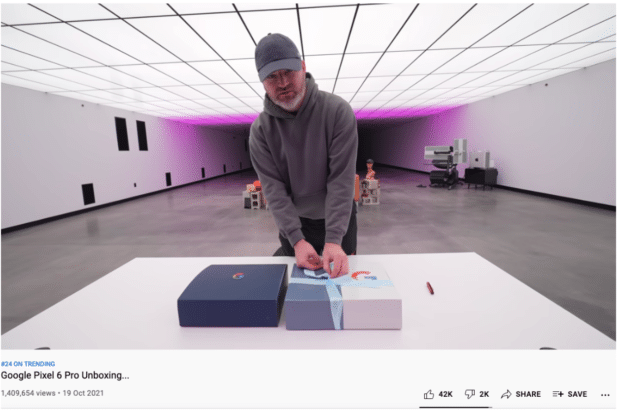
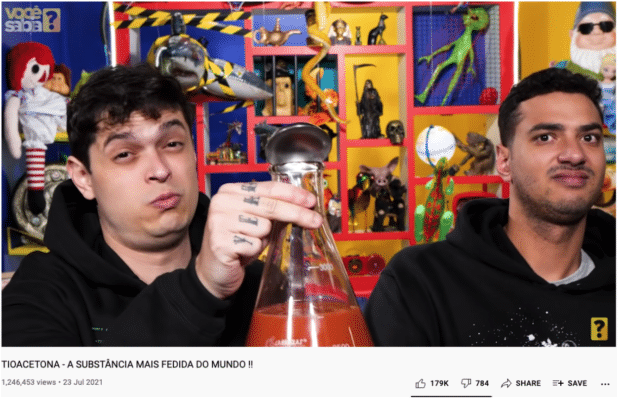
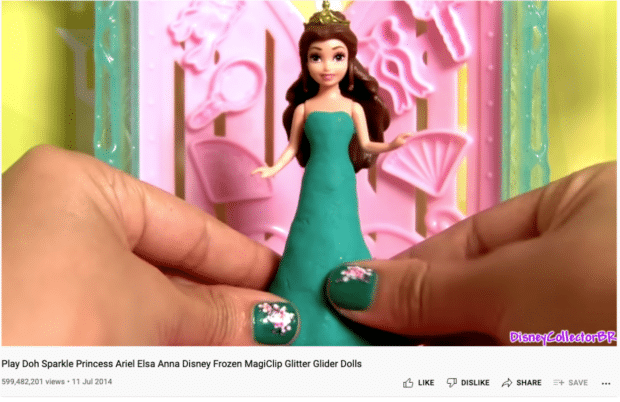

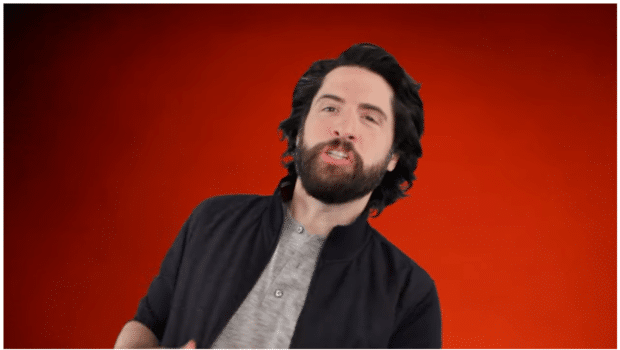
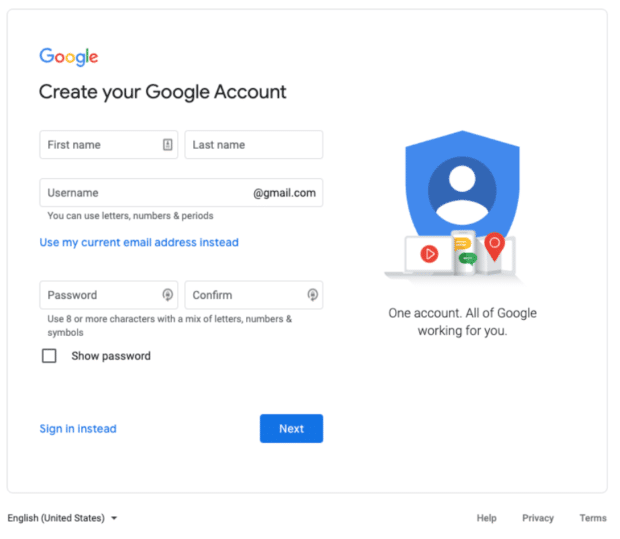
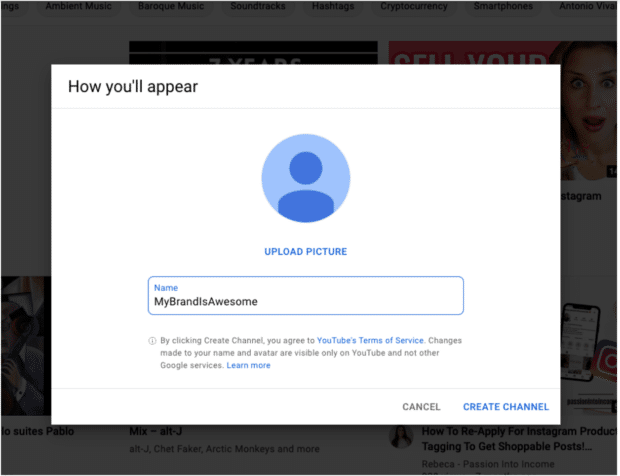
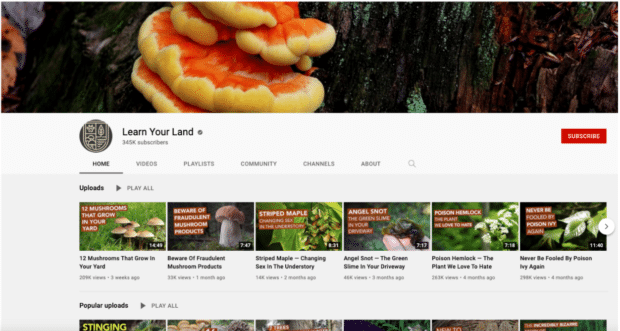
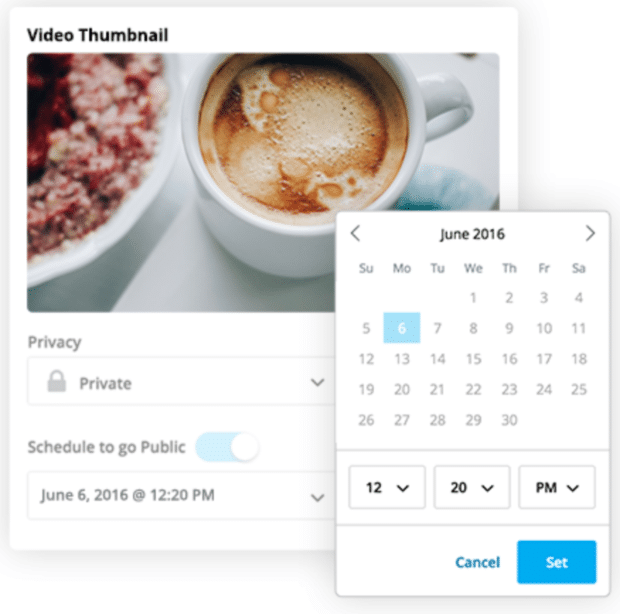
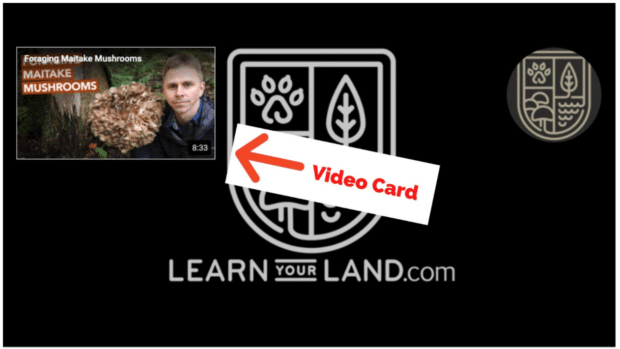
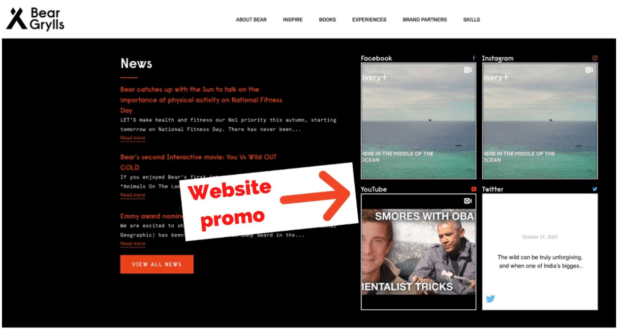




Recent Comments